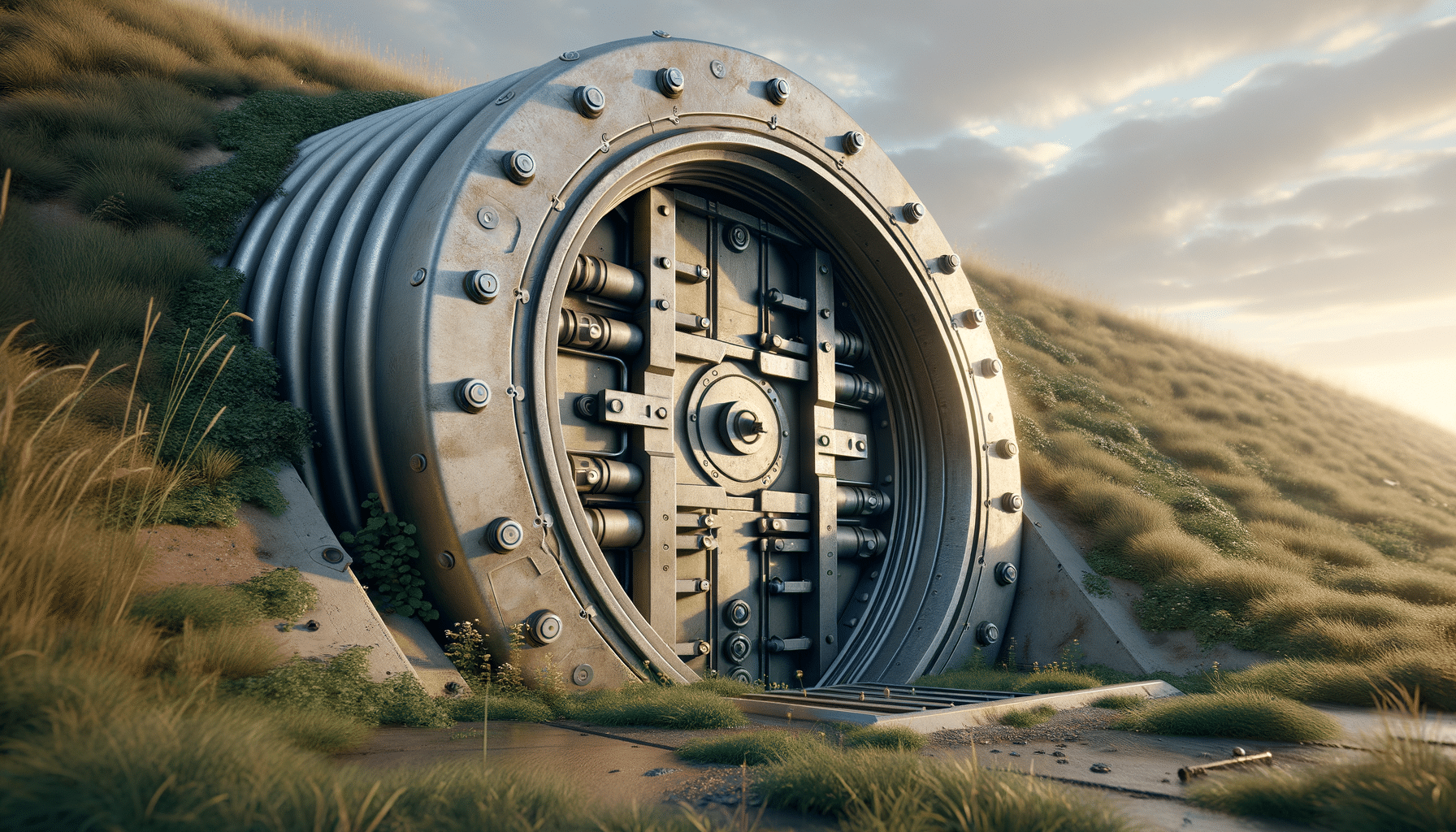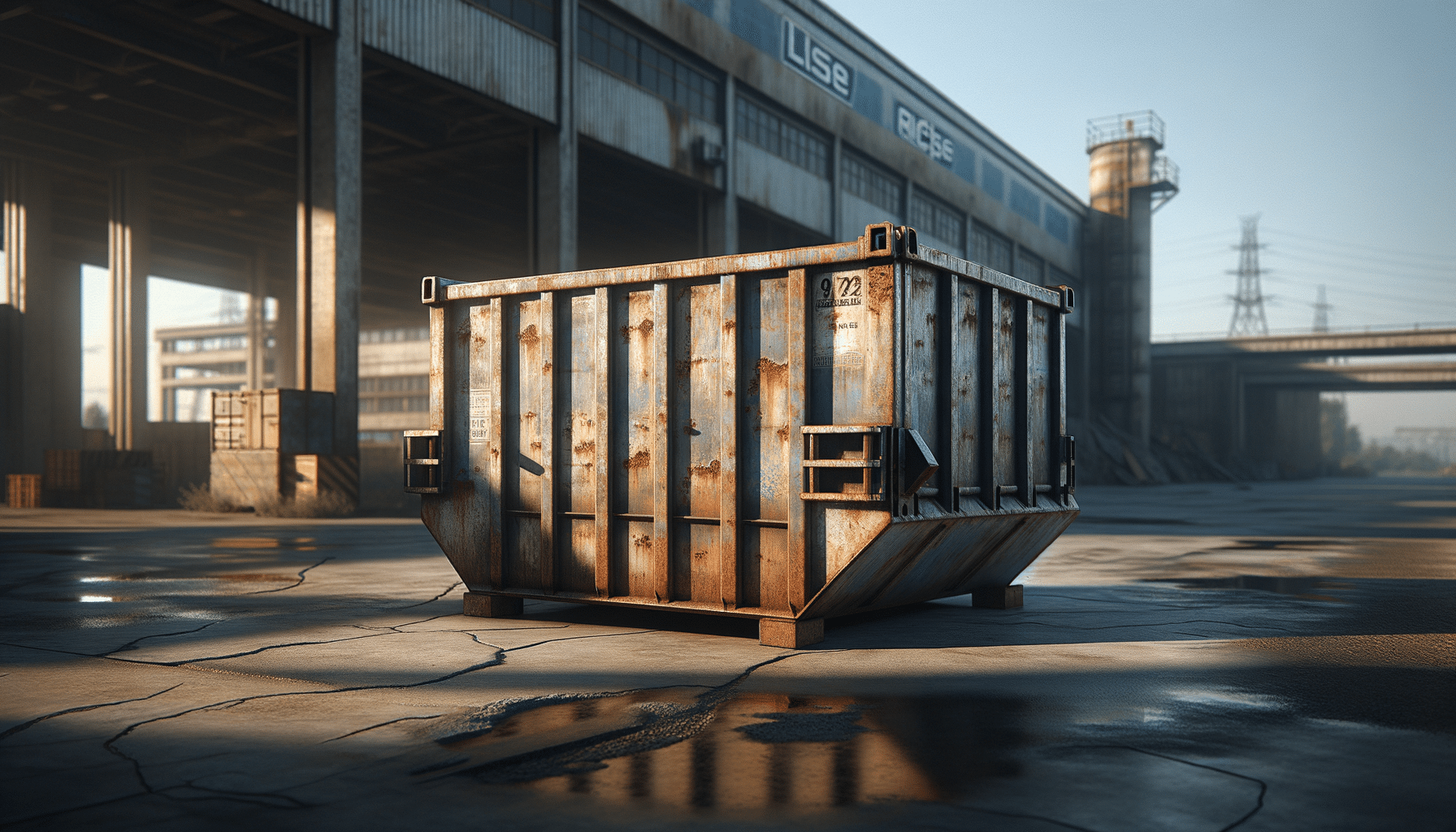
Guide to Choosing the Right Storm Shelter – Know More Before You Invest
Introduction to Storm Shelters
In regions prone to severe weather, storm shelters serve as a crucial component for ensuring the safety and well-being of families. These structures, designed to withstand extreme conditions, offer peace of mind when nature’s fury strikes. As climate patterns shift, the importance of having a reliable storm shelter becomes increasingly evident. Whether you’re safeguarding against tornadoes, hurricanes, or other severe weather events, understanding the various options available can help you make an informed decision.
Understanding Installation Costs
When considering a storm shelter, one of the primary factors to evaluate is the cost of installation. Installation costs can vary significantly based on the type of shelter, its size, and the complexity of the installation process. Generally, underground shelters tend to be more expensive due to the excavation required, but they offer substantial protection benefits. On the other hand, above-ground shelters might have lower installation costs but still provide robust safety features.
Factors influencing installation costs include:
- Type of shelter (underground vs. above-ground)
- Size and capacity
- Materials used
- Location and soil conditions
- Additional features (e.g., ventilation, communication systems)
It’s essential to weigh these factors against your budget and safety needs to determine the most suitable option for your family.
Durable Designs for Maximum Protection
Durability is a critical aspect of storm shelter design. The materials and construction techniques used directly impact the shelter’s ability to withstand severe weather. Reinforced steel and concrete are commonly used materials due to their strength and resilience. These materials ensure the shelter can endure high winds and flying debris, providing a safe haven during storms.
Modern shelters often incorporate advanced engineering techniques to enhance their durability. For instance, some designs feature aerodynamic shapes to better deflect wind forces, while others include reinforced doors and secure locking mechanisms. When selecting a storm shelter, consider the specific weather threats in your area and choose a design that offers optimal protection.
Benefits of Underground Shelters
Underground storm shelters are renowned for their exceptional safety features. By being buried beneath the surface, these shelters provide natural insulation against the elements, making them highly effective against tornadoes and other severe weather phenomena. The earth acts as a protective barrier, reducing the impact of high winds and flying debris.
In addition to their protective qualities, underground shelters offer other advantages:
- Space efficiency: They do not occupy valuable above-ground space.
- Temperature regulation: The ground helps maintain a stable internal temperature.
- Noise reduction: Being underground minimizes the sound of external storms.
However, it’s important to consider potential drawbacks, such as accessibility issues for individuals with mobility challenges and the need for proper ventilation to ensure air quality.
Exploring Portable Options and Emergency Features
For those seeking flexibility, portable storm shelters present an appealing alternative. These shelters can be relocated as needed, providing a versatile solution for temporary or rental properties. Although they may not offer the same level of protection as permanent structures, advancements in design have significantly improved their effectiveness.
Key features to look for in portable shelters include:
- Sturdy construction materials
- Ease of assembly and disassembly
- Compact storage capabilities
- Emergency communication systems
Additionally, many modern storm shelters, both portable and permanent, come equipped with features such as emergency lighting, water supplies, and communication devices, enhancing their utility during emergencies.
Conclusion: Making an Informed Investment
Investing in a storm shelter is a significant decision that requires careful consideration of various factors. From installation costs to design durability and the benefits of underground versus portable options, each aspect plays a crucial role in ensuring the safety and security of your family. By understanding these elements, you can make a well-informed choice that aligns with your needs and provides peace of mind during severe weather events.
Ultimately, the right storm shelter is one that offers reliable protection, fits your budget, and meets your family’s specific requirements. As weather patterns continue to evolve, having a robust storm shelter is an invaluable asset for any household.


